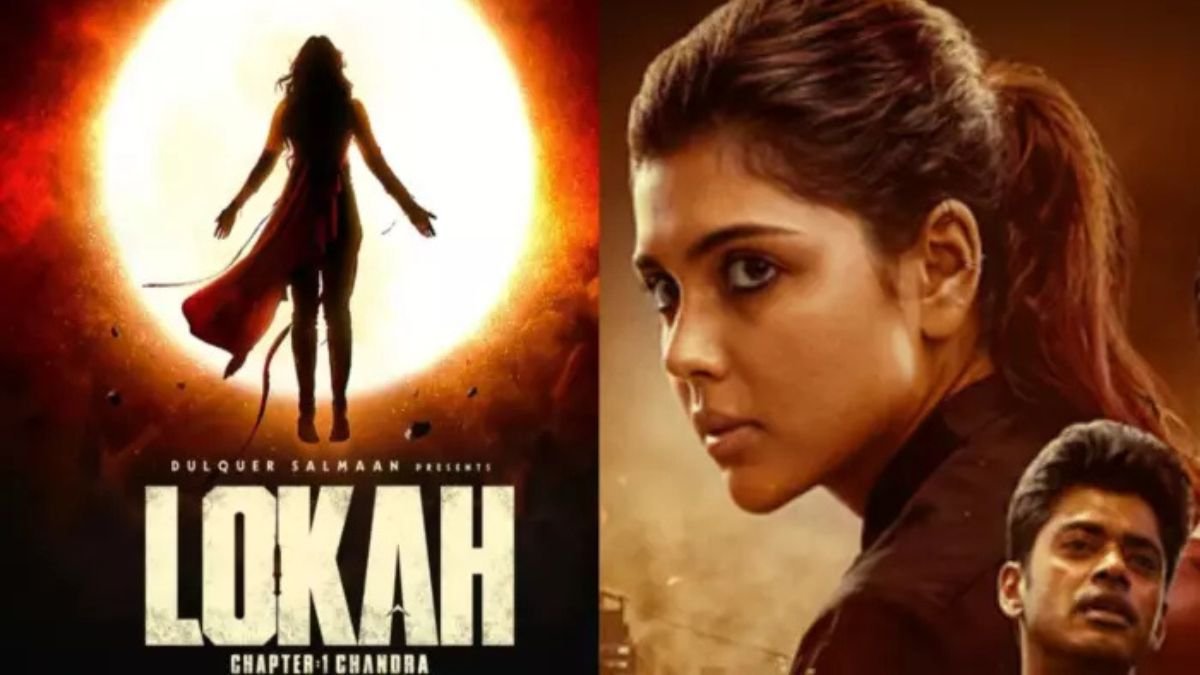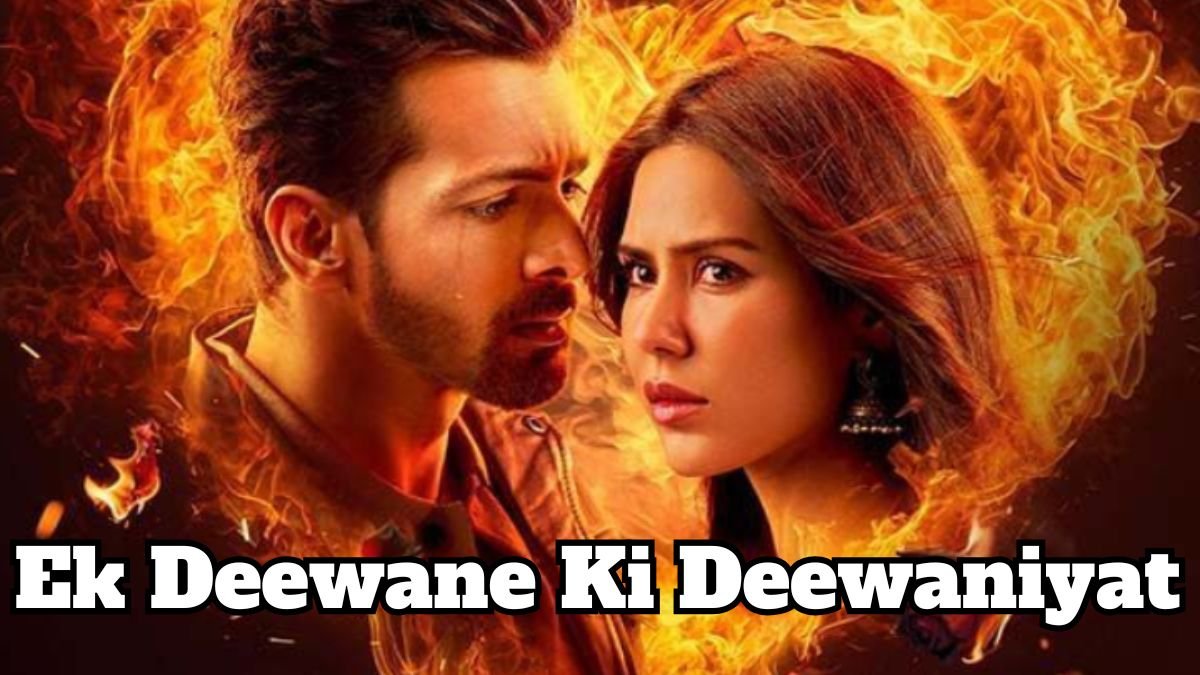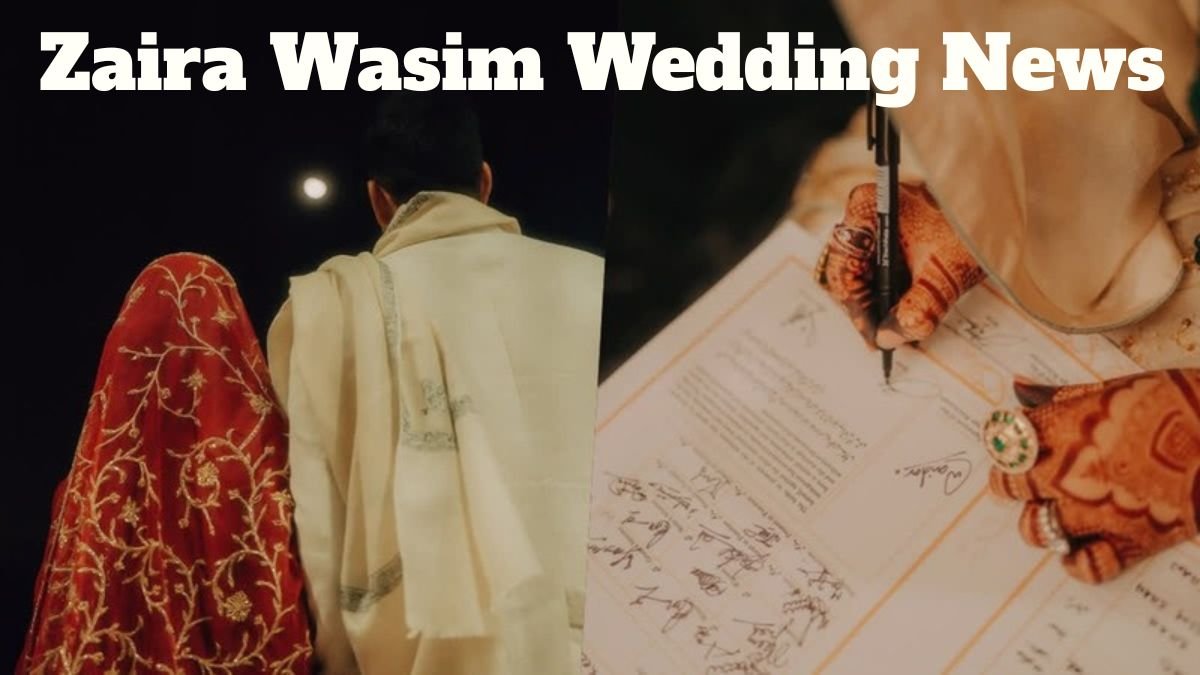Introduction
When Mysore Sandal Soap—one of India’s oldest and most iconic personal care brands—announced Tamannaah Bhatia as its new brand ambassador in a record-breaking ₹6.2 crore endorsement deal, it instantly grabbed headlines. However, what followed was a flurry of public backlash, especially from sections of Karnataka’s political and cultural community, questioning the logic and motive behind hiring a non-Kannadiga celebrity as the face of a quintessentially Kannada heritage brand.
The controversy highlights the increasingly complex interplay between regional identity, celebrity culture, brand marketing, and government-backed enterprises. With the Karnataka Soaps and Detergents Limited (KSDL)—the manufacturer of Mysore Sandal Soap—being a state-owned enterprise, the backlash also invited political scrutiny and debates about cultural representation, fiscal responsibility, and the broader dynamics of regional branding.
In this article, we deep dive into:
- The details of Tamannaah’s ₹6.2 crore deal
- The roots and reasons behind the backlash
- The defense by the Karnataka government and industry experts
- A critical analysis of celebrity endorsements for heritage brands
- The future of Mysore Sandal Soap and what this saga means for regional identity and marketing
Chapter 1: Understanding the Deal
The ₹6.2 Crore Endorsement Explained
In early 2025, KSDL officially announced that Tamannaah Bhatia, one of South India’s most bankable and pan-Indian actresses, would become the brand ambassador for Mysore Sandal Soap. As per internal reports, she was offered a one-year contract worth ₹6.2 crore, inclusive of:
- Print and television commercials
- Digital campaigns and social media endorsements
- Regional language adaptations for multilingual reach
Why Tamannaah?
Tamannaah was reportedly chosen based on:
- Her widespread appeal across South India
- A clean, graceful public image
- Past success in brand endorsements
- High follower count and social media engagement
- Cross-market influence in Telugu, Tamil, Hindi, and Malayalam audiences
From a marketing standpoint, she was seen as a celebrity who could revitalize the image of a legacy brand and attract younger consumers.
Chapter 2: The Mysore Sandal Soap Legacy
A Heritage Product
Launched in 1916 under the vision of Krishna Raja Wadiyar IV and visionary bureaucrat Sir M. Visvesvaraya, Mysore Sandal Soap was India’s first sandalwood-based soap. It has stood the test of time and earned a GI (Geographical Indication) tag, signifying its unique origin.
Manufactured by KSDL
Karnataka Soaps and Detergents Limited (KSDL) is a public sector enterprise owned by the Government of Karnataka. The brand carries emotional, historical, and cultural significance, especially for Kannadigas.

Chapter 3: The Backlash
Why Are People Upset?
As news of Tamannaah’s appointment broke, several voices across social media, regional activist groups, and even political circles expressed dismay. Key reasons for the backlash include:
- Tamannaah is not a Kannadiga: Critics argue that a state brand representing Karnataka’s pride should feature someone who speaks the language and represents local culture.
- High Expenditure: ₹6.2 crore is a substantial public expenditure. Detractors questioned if a lesser-known but local celebrity could have been equally effective at a lower cost.
- Cultural Disconnect: Many believed Tamannaah doesn’t resonate with the cultural ethos of Mysore or the Kannada heartland.
- Loss of local employment opportunities: The deal was seen by some as snubbing Karnataka’s own film industry and stars.
Chapter 4: Government’s Defense
Karnataka Minister’s Statement
Amid rising criticism, the Karnataka Minister for Industries and Commerce defended the move, stating:
“This is not about language or region; it is about expanding the brand’s reach across India and globally. Tamannaah Bhatia has proven appeal. The brand has to evolve with the times.”
Economic Justification
The government and KSDL officials provided data to show:
- Mysore Sandal Soap’s sales had stagnated
- The goal was to rejuvenate brand visibility in pan-India markets
- Previous attempts with regional stars had limited success beyond Karnataka
Chapter 5: Celebrity Branding in Public Sector Marketing
Does It Work?
Celebrity endorsements can increase:
- Brand recall
- Market penetration
- Customer trust, if the ambassador is perceived as authentic
However, heritage brands like Mysore Sandal Soap walk a thin line. When tied to cultural identity, such decisions face greater scrutiny than typical FMCG branding campaigns.
Chapter 6: Regional Identity vs. Market Strategy
The Tension Between Local and Global
Many Kannadigas felt betrayed that their state’s pride was being marketed by someone with no known connection to the region.
But modern branding often prioritizes reach over roots. For KSDL, expanding to other states and possibly overseas required someone who transcends linguistic boundaries—like Tamannaah.
This tension reflects the broader challenge faced by many regional brands in India: how to go national or global without alienating core supporters.

Chapter 7: Analyzing the Numbers
| Criteria | Details |
|---|---|
| Brand | Mysore Sandal Soap |
| Manufactured by | Karnataka Soaps and Detergents Limited (KSDL) |
| Brand Ambassador | Tamannaah Bhatia |
| Deal Value | ₹6.2 crore |
| Duration | 1 year |
| Campaign Components | TV, digital, print, social media |
| Target Markets | Pan-India and NRIs |
| Previous Ambassadors | Regional celebrities, lesser-known public figures |
| Public Criticism | Cultural mismatch, high spending, lack of local faces |
| Government’s Defense | Strategic reach, national branding, reviving sales |
Chapter 8: Case Studies of Similar Backlashes
Lijjat Papad & Neha Dhupia
A heritage co-operative chose a Bollywood face and was criticized for ignoring the self-help group’s identity.
Amul & Consistent Indian Themes
Amul has never relied on Bollywood celebrities, yet remains one of India’s strongest brands—through consistent brand tone and messaging.
Khadi and Modi’s Endorsement
The PM’s unofficial association with Khadi gave it a revival, showing how brand identity can be closely tied with public perception.
Chapter 9: Impact on Tamannaah’s Public Image
While Tamannaah enjoys goodwill across regions, this controversy may affect:
- Her standing in Karnataka
- Future brand endorsements involving culturally sensitive products
- Public perception regarding her brand choices
However, she hasn’t issued a personal statement, possibly waiting for the storm to settle.
Chapter 10: Can This Move Succeed?
Pros
- Brings national visibility
- Positions Mysore Sandal as aspirational
- Attracts Gen-Z and millennials
Cons
- Risks alienating local loyalists
- Short-term backlash could harm brand trust
- Sets a precedent for culture vs. commerce debates
Chapter 11: How Could It Have Been Handled Better?
- Dual Ambassadorship: Combine a Kannada star with Tamannaah to balance regional pride and national strategy.
- Public Consultation: Polling loyal customers could have offered insight.
- Gradual Introduction: Soft-launching Tamannaah’s campaign with community involvement may have softened resistance.
Conclusion
The controversy surrounding Tamannaah Bhatia’s ₹6.2 crore endorsement of Mysore Sandal Soap represents more than just a disagreement over casting. It embodies the larger dilemma faced by heritage brands—how to modernize and expand without compromising their roots.
While the government and KSDL believe this move is a strategic masterstroke, a section of the public sees it as a cultural misstep. The future of this campaign now depends on how well the brand can balance modern marketing with traditional loyalty.
Ultimately, the backlash serves as a powerful reminder that when heritage, public funding, and regional pride intersect, decisions are never just about numbers—they’re about identity, ownership, and emotional legacy.
FAQs
1. Why did Mysore Sandal Soap choose Tamannaah Bhatia as its ambassador?
Tamannaah Bhatia was selected for her pan-Indian appeal and market reach. The brand aims to revamp its image and tap into younger, broader demographics.
2. Why is there backlash over this endorsement?
Critics argue that a non-Kannadiga does not represent the cultural ethos of Mysore Sandal Soap, which is deeply tied to Karnataka’s identity. Concerns also center around the use of public funds.
3. Is ₹6.2 crore a standard rate for celebrity endorsements?
While it’s a significant amount, it’s within the market range for A-list celebrities. However, the high cost is controversial because KSDL is a government-run enterprise.
4. Has the Karnataka government responded to the criticism?
Yes, the Industries Minister defended the decision, citing the need for brand modernization and increased national visibility.
5. Could Mysore Sandal Soap have chosen a Kannada celebrity instead?
Yes, and that’s what many critics suggest. A Kannada celebrity could have retained cultural relevance while still boosting regional sales. A dual-brand strategy may have been more effective.








